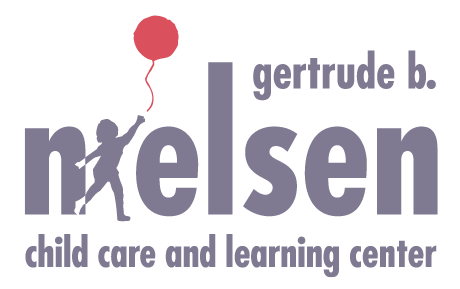Curriculum Content Areas for Cognitive Development for Infant Program
Literacy
Language development is encouraged through caregivers’ constant responses to infants’ vocalizations. Teachers repeat sounds; finger plays and rhymes for the babies to mimic. In addition, we read to the infants, sing songs, chant nursery rhymes, label objects and describe activities. Story and picture books provide images for the infants. We provide cloth, board and plastic books for the children to stimulate gazing and focusing skills. The children are given the opportunity to experiment with and learn about books on their own. Teachers read books daily.
Math
Building children’s curiosity for learning is encouraged by providing mathematical materials that include: blocks, shape sorters, stacking toys and puzzles. Children explore counting, ordering, one-to-one correspondence, measurement, patterns, geometric shapes, space, volume, estimation, classifying, and sorting.
Science
Encourage children to develop an attitude of inquiry and respect for natural environment. Daily opportunities to discover the physical properties of materials such as sand, water, paint. Children explore cause and effect relationships, Object permanence is encouraged through interactions with teachers and children. To create the understanding that objects continue to exist even when they cannot be seen, heard, or touched.
Technology
Direct experience of technology through equipment such as keyboards, phones and activity tables.
Creative Expression and Arts Participation
Painting, drawing, construction and block building, are basic materials in every infant room. Exposure to rhythm, beat, songs, instruments and various music from different cultures and genres. Pretend play is encouraged and supported by teachers encouraging and facilitating dramatic play. Using hands, eyes and minds, children learn to express and communicate their ideas and feeling in concrete, expressive forms. Children learn from and respect the artwork of others. Participation in creative movement expression. Teachers provide structured and non-structured materials to help recreate experiences which the children construct meaning from.
Health and Safety
Lesson plans and books cover health related topics such as nutrition (what food is good for the body). Books are available to support discussion. Handwashing is practiced before every meal as well as after meals and activities (art, sensory play, outdoor play, toileting). Physical fitness is encouraged daily through dance and infant placement. Pacing children on their tummies and backs encourage core strength and reaching and grasping for toys. Children are encouraged to practice self-care routines such as hand washing, feeding and diaper changes.
Social Studies
Lesson plans revolve around the self, the family and community as well as reflects the cultural diversity of the room. Children participate in the complex social life of the classrooms: they communicate, problem solve, create, play, read, think and question. The children are encouraged to share their experiences, family celebrations with parents and children. Parents are encouraged to share their values and traditions. Children learn about human diversity seeing individual family pictures and painting with multicultural paints.
